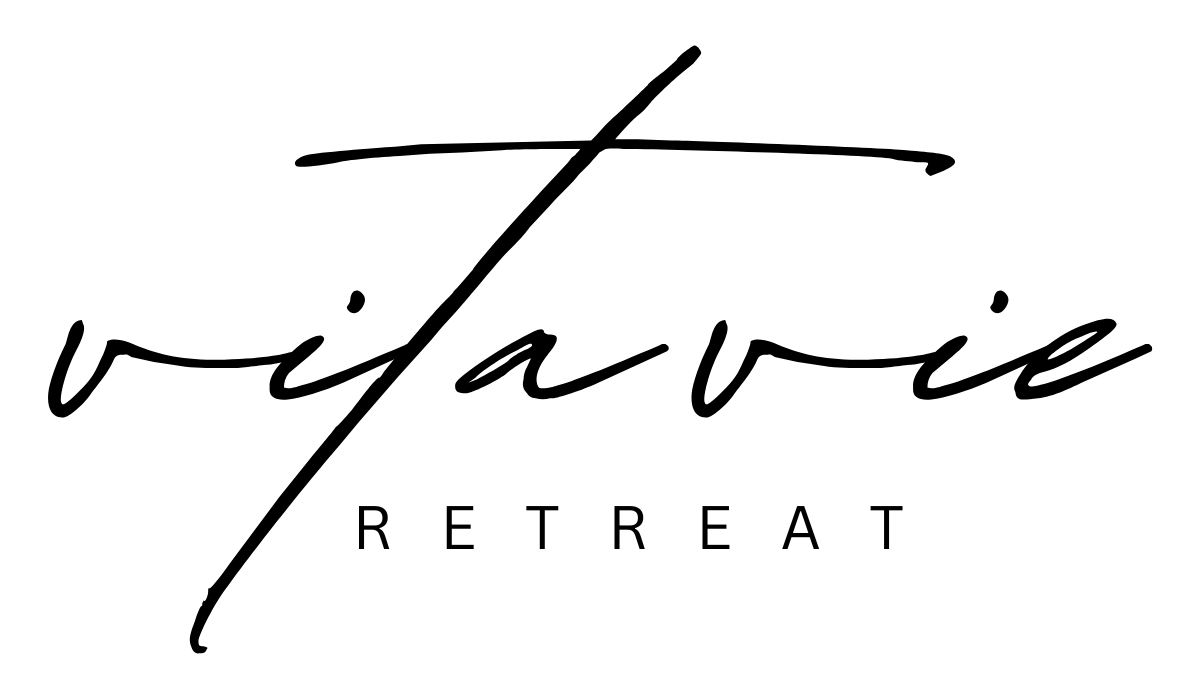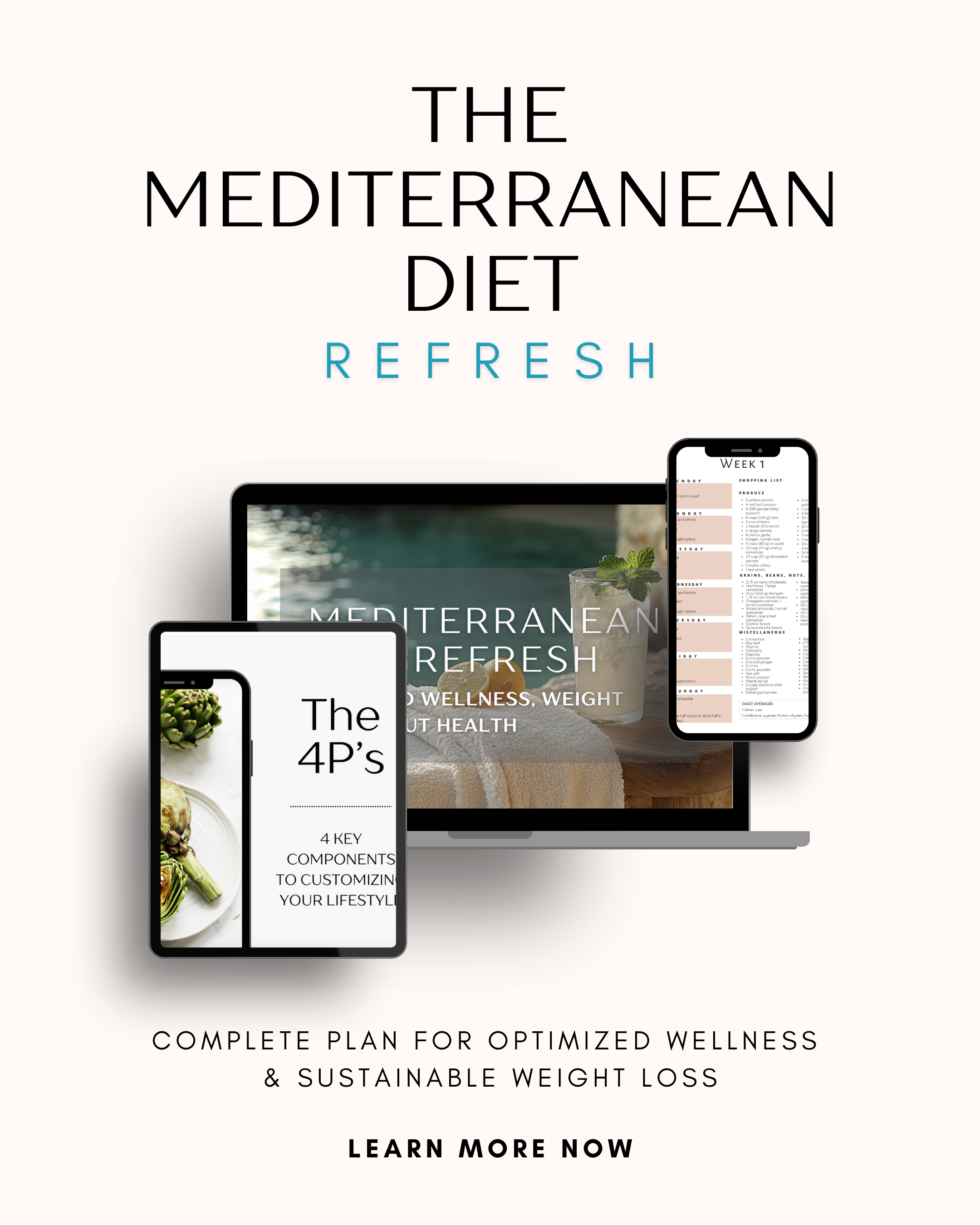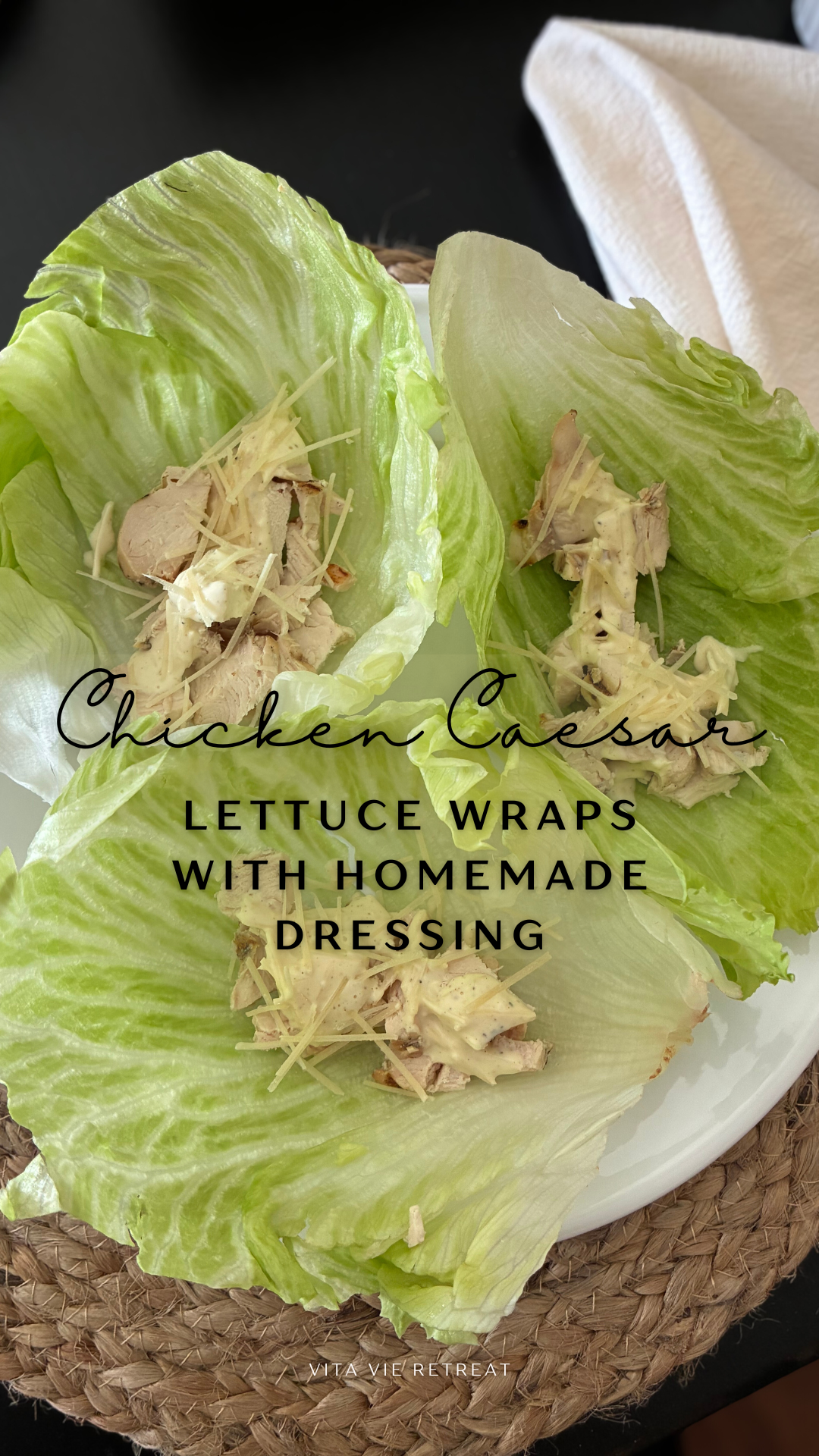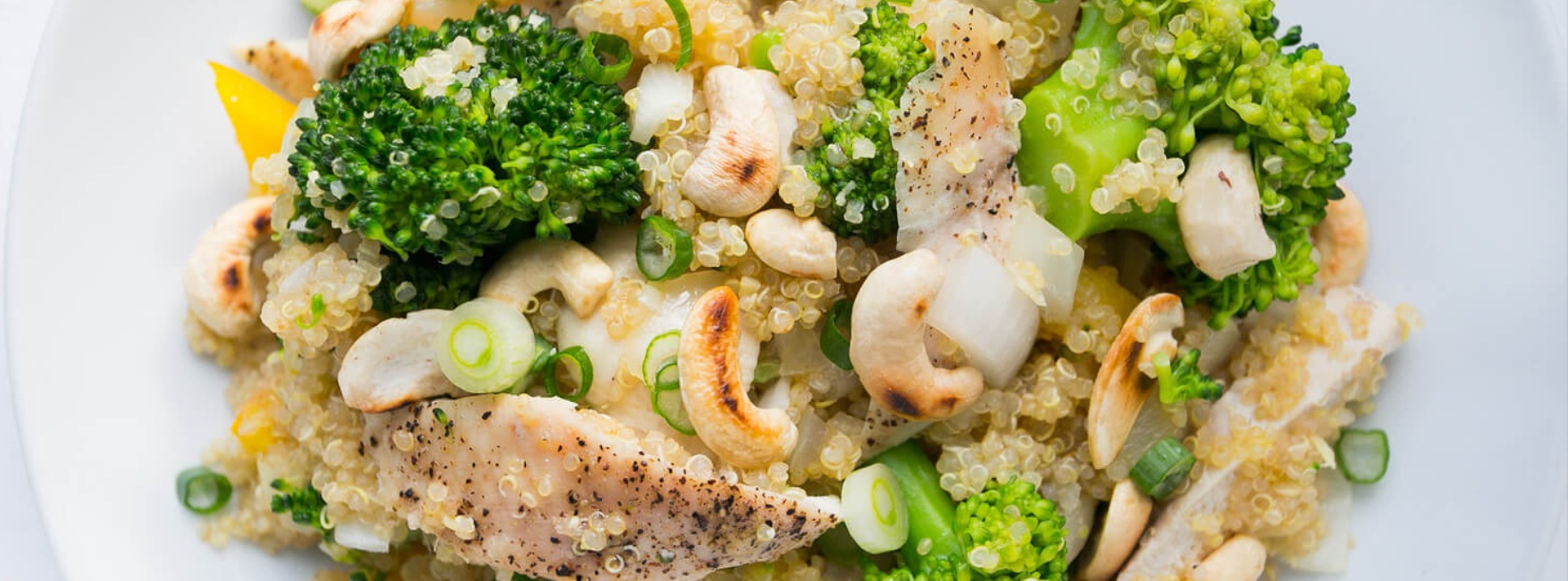Counting Calories: Not All Calories Are Created Equal
/COUNTING CALORIES FOR WEIGHT LOSS MAY BE MISLEADING
If you’re trying to lose weight, counting calories is a good place to start but it’s not the end all be all to weight loss. You need to burn more calories than you take in to shed unwanted pounds. If you’re trying to eat for optimal health, you’ll need to pick the best quality fresh, whole foods possible. Pretty simple concept to grasp, right? Unfortunately, not all calories are created equal and not all calories are good for you. Adhere to these simple tips to incorporate the best calorie strategy for you and avoid those that won’t help you in weight loss or nutritional quality.
In this blog post, we dive into why calorie counting can be misleading, alternatives to calorie counting and learning which information is truly important for your weight loss goals.
5 REASONS WHY CALORIE COUNTING IS MISLEADING
1. A Calorie from Junk Food Is Not the Same as a Calorie from Whole Food
You’ve probably heard it before: “A calorie is a calorie.” But your body doesn’t process all calories in the same way.
Calories from ultra-processed foods—like chips, candy, fast food, and sugary beverages—are often void of nutrients. These foods tend to be high in refined sugars, unhealthy fats (especially trans fats), additives, and preservatives. They may “fit” your calorie budget, but they won’t fuel your body, and they definitely won’t support your weight loss or health goals.
Worse, these processed foods can spike insulin levels, promote fat storage, increase cravings, and contribute to chronic diseases like type 2 diabetes and heart disease.
On the flip side, calories from whole, fresh foods—think vegetables, fruits, lean proteins, whole grains, and healthy fats—come packaged with vitamins, minerals, fiber, and antioxidants that support your metabolism, energy, digestion, and overall well-being.
2. Whole Foods Offer So Much More Than Calories
When you choose nutrient-dense foods, you’re giving your body more than just fuel—you’re giving it tools to thrive.
Whole foods are easier for your body to digest and assimilate. They also contain enzymes, fiber, and anti-inflammatory compounds that processed foods simply don’t. You’re not just eating to stay within a number—you’re eating to nourish your body on a cellular level.
Plus, whole foods naturally lack the artificial sweeteners, colorings, stabilizers, and preservatives that can disrupt your gut health, hormones, and energy levels.
3. Food Labels Can Be Off by 20%—Legally
Most people don’t realize that the FDA allows food labels to have up to a 20% margin of error when reporting calorie content. That means a food labeled as 400 calories could actually be as high as 480—or as low as 320. That’s a big range if you're relying on precision.
This inaccuracy isn’t just for calories—it applies to macronutrients (carbs, fat, protein) as well. So if you’re trying to hit specific numbers, just know those numbers are ballpark at best.
4. You Don’t Absorb Everything You Eat
Even if a label were 100% accurate, it wouldn’t account for bioavailability—how much of the nutrients and calories you actually absorb.
Digestion varies from person to person based on gut health, enzyme production, microbiome diversity, and even how well you chew your food. For example, you might absorb fewer calories from raw almonds than from almond butter, even if the calorie count is technically the same.
This makes precise calorie counting even more complicated—and often inaccurate.
5. Eating Out Makes It Harder to Track
Dining out is convenient and enjoyable, but it’s one of the biggest calorie-counting pitfalls. Even meals with published nutrition information can be inaccurate due to:
Hidden ingredients (butter, oil, sauces, sugars)
Larger-than-stated portion sizes
Variability in food prep from one cook or location to another
When you’re not preparing the food yourself, it’s nearly impossible to know exactly what you’re consuming. If you’re working on improving your health or managing something like sodium, fat, or calorie intake, home cooking is your best bet.
6. BONUS: Most People Underestimate Calories by 20% or More
Even with good intentions, most people underestimate how much they eat—especially when not weighing or measuring portions. That “tablespoon” of peanut butter might actually be two. A “cup” of pasta might be more like one and a half.
Tracking apps can be helpful, but they’re only as accurate as the data you put in. If you’re using a tracking tool, consider measuring your food for a few days to see how close your estimates really are. It can be an eye-opening (and habit-changing) experience.
ALTERNATIVE TO CALORIE COUNTING
Instead of calorie counting, use the “eyeball method” and chew your food slowly. Here are a few tips:
Chew Your Food Completely – When we inhale our food, we don’t chew it completely. Chewing until your food is basically liquid ensures the digestive process has fully started and tells your body what to do with that bite you just took in. This also leads to better satiety levels.
Use the “eyeball method” to judge how much food you take in per meal each day. While this is an average, you can also use step 3 to refine how much you’re eating.
Men
2 Palms of Protein
2 Cupped Hands of Carbs (starchy carbs)
2 Fists of Veggies
2 Thumbs of Fat
Women
1 Palm of Protein
1 Cupped Hand of Carbs
1 Fist of Veggies
1 Thumb of Fat
How You Feel – An easy way to tell whether you’ve eaten enough or too much is how you feel after you’ve eaten.
If you’re still full 3 – 4 hours after you’ve eaten, you probably ate too much. You might need to dial in the amount of food you’re eating.
If you’re hungry (actually hungry – not just feelings of digestion) 1 – 2 hours after you’ve eaten, then you probably didn’t eat enough. You might need to check your portions.
Additional Thoughts On Calorie Counting
Calorie awareness can be a useful tool, but it’s not the gold standard of health or weight loss. Rather than getting stuck in the numbers, shift your focus to quality over quantity:
Prioritize whole, fresh, minimally processed foods
Tune in to hunger, fullness, and energy levels
Eat mindfully and with intention
Choose foods that make you feel nourished and satisfied—not just full
At the end of the day, your body is more than a math equation. Sustainable health comes from understanding what works for you, not just what adds up on paper.
TRACK WHAT MATTERS - NOT JUST CALORIES
If your goal is lasting health, energy, or weight loss, the most valuable thing you can do isn’t obsess over calories—it’s to track meaningful data that reflects how your body is responding.
Whether you prefer using a journal or a tracking app, focusing on the right information will help you see what’s truly working and what’s not. Here are key areas to monitor regularly:
What You Ate & Drank - Write down what you eat and drink each day—not just for calorie tracking, but to raise awareness. Include water, soda, alcohol, coffee, smoothies—everything. Pay attention to how foods make you feel. Did something upset your stomach? Leave you bloated or sluggish? Make a note of it. You don’t need to log perfectly. This is about learning, not judgment.
Body Measurements - The scale is just one tool—and an imperfect one at that. It doesn’t tell you anything about muscle gain, water retention, or fat loss.
Take circumference measurements using a reliable measuring tape (like a MyoTape). Good areas to measure include:Shoulders
Chest
Waist
Hips
Thighs
Measure consistently every 1–2 weeks for a more accurate picture of your progress.
Clothing Fit - Another simple and effective way to track body changes is through clothing. Pick one item that fits snugly—a pair of jeans, a tailored dress, or a blazer with a zipper—and try it on every couple of weeks. If it’s fitting more comfortably, that’s a clear sign of progress.
Energy Levels - Your energy can tell you a lot about how your nutrition and lifestyle are working for you. Are you feeling energized, focused, and alert? Or sluggish and fatigued? Better nutrition almost always leads to more consistent, stable energy. Note any highs or lows and reflect on what may have caused them.
Mood & Mental Clarity - What you eat and how you move directly affects how you feel emotionally and mentally. Each day, jot down your mood. Are you feeling:
Calm?
Anxious?
Irritable?
Joyful?
Motivated?
These patterns are powerful clues. For example, a string of irritable days might be tied to poor sleep, skipped workouts, dehydration, or heavily processed foods.
Bottom line: Sustainable success comes from awareness and consistency—not perfection. So track what truly matters, and let that guide your choices moving forward.
More to Explore
Discover more! Here are a few resources to keep the momentum going:
📌 Related Posts
✓ Done-for-You Guides
50 Anti-Inflammatory Meals → done-for-you recipe bundle
Mediterranean Diet Refresh → fully guided program with meal plans, gut health, weight loss guidance and more
The Wellness Shop → view our full list of weight loss programs, recipes guides, journals & tools
SAY HELLO TO EASY, SUSTAINABLE WEIGHT LOSS & A HEALTHY, VIBRANT LIFESTYLE
One of our most complete programs, the Mediterranean Diet is touted as one of the healthiest in the world. It’s naturally anti-inflammatory and promotes a balanced lifestyle that you can live with for good. With our program, you’ll enjoy:
9 week guided journey
Over 200+ recipes
Done-for-you meal plans
Weight loss guidance
Customization for your own lifestyle
Progress tracking & more!






















